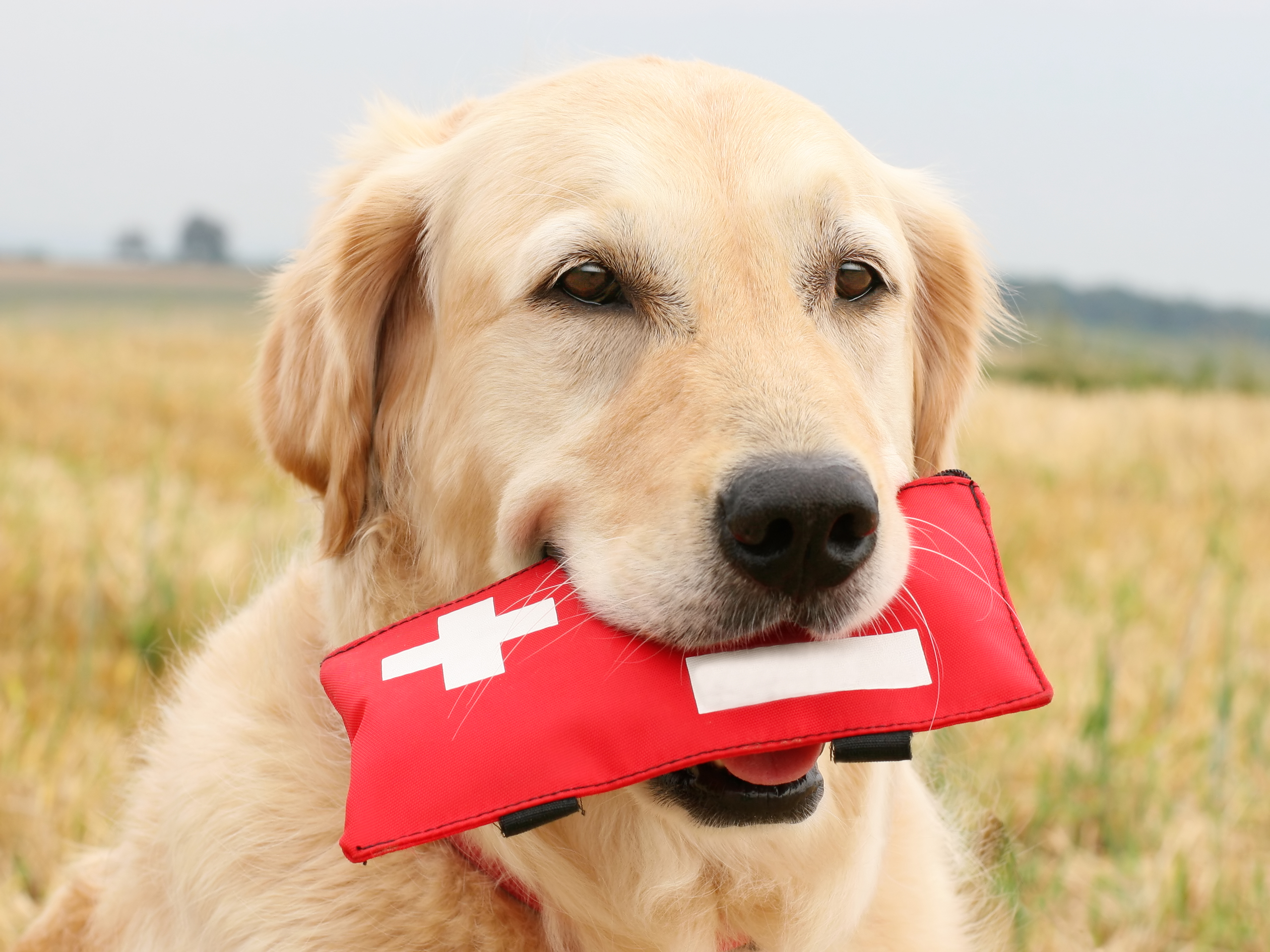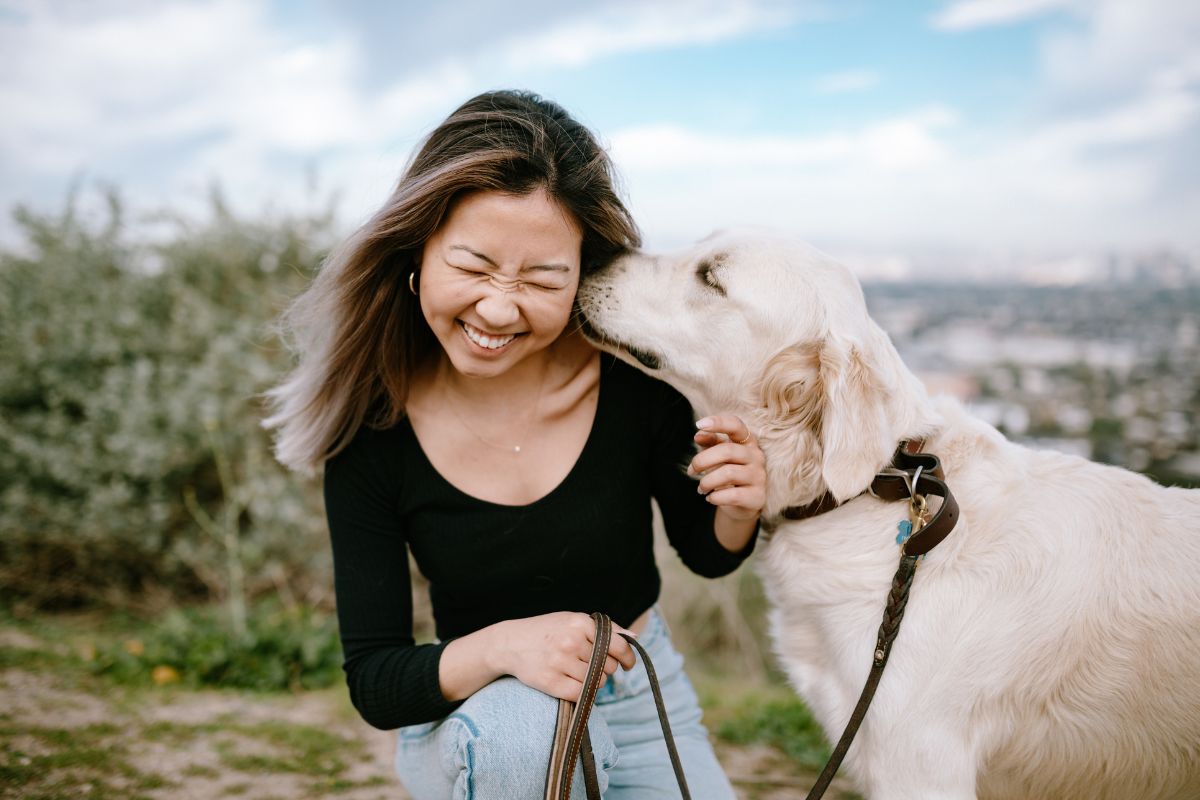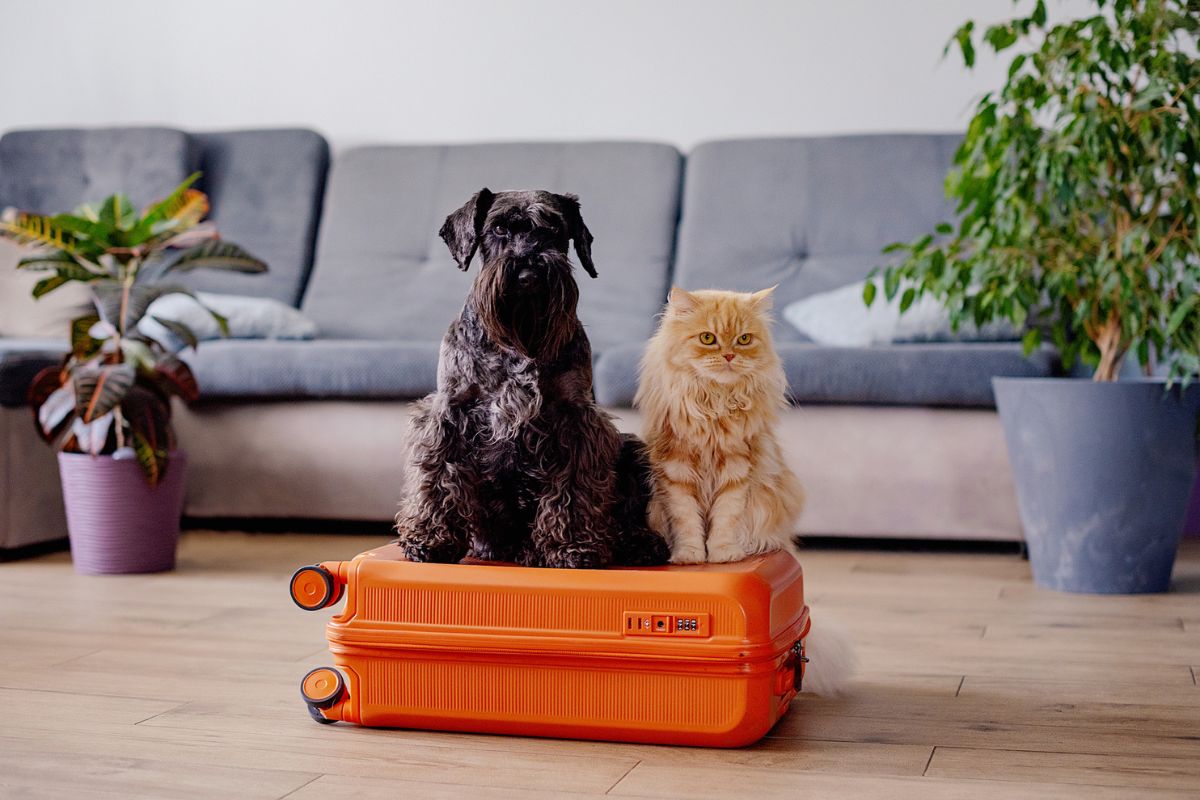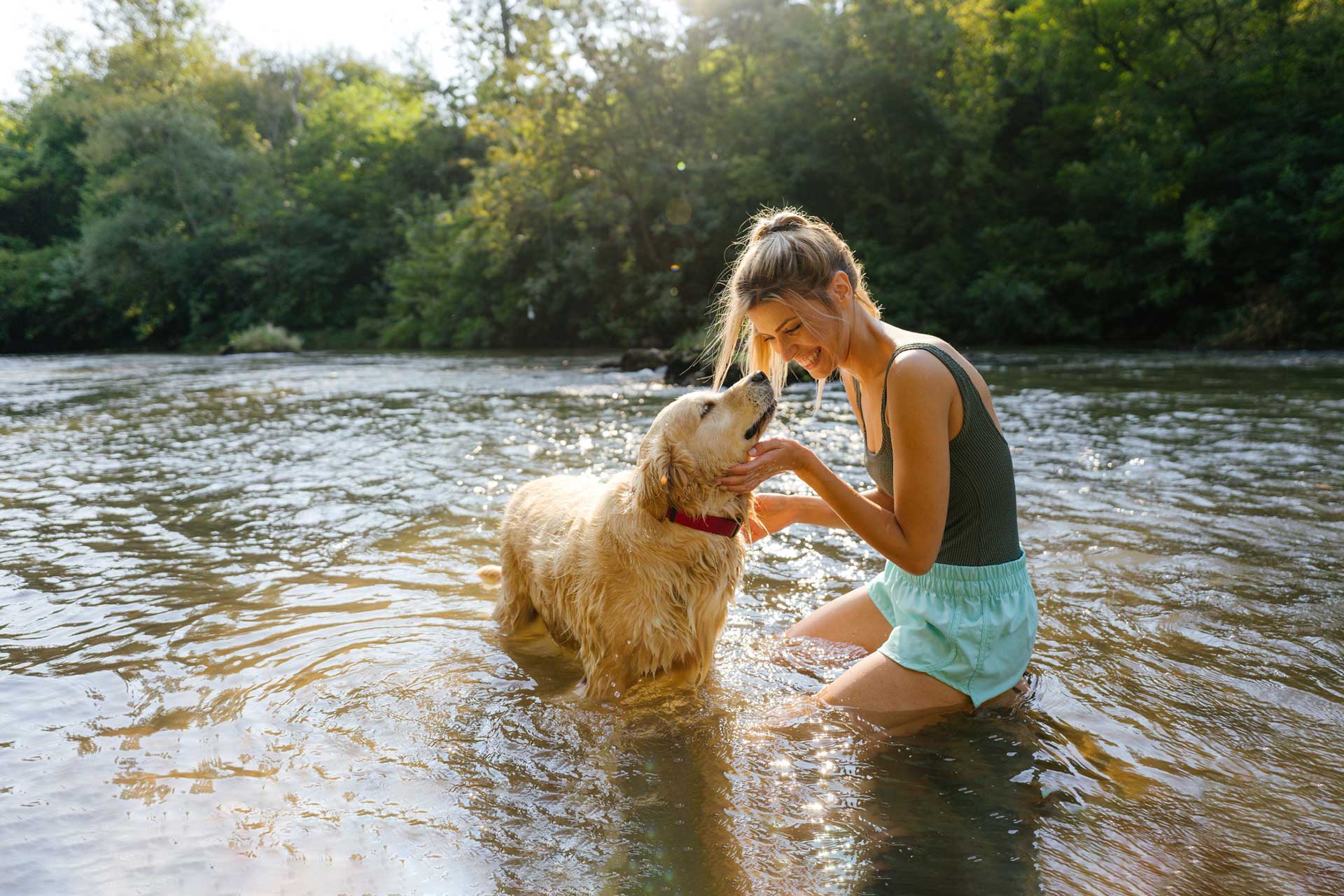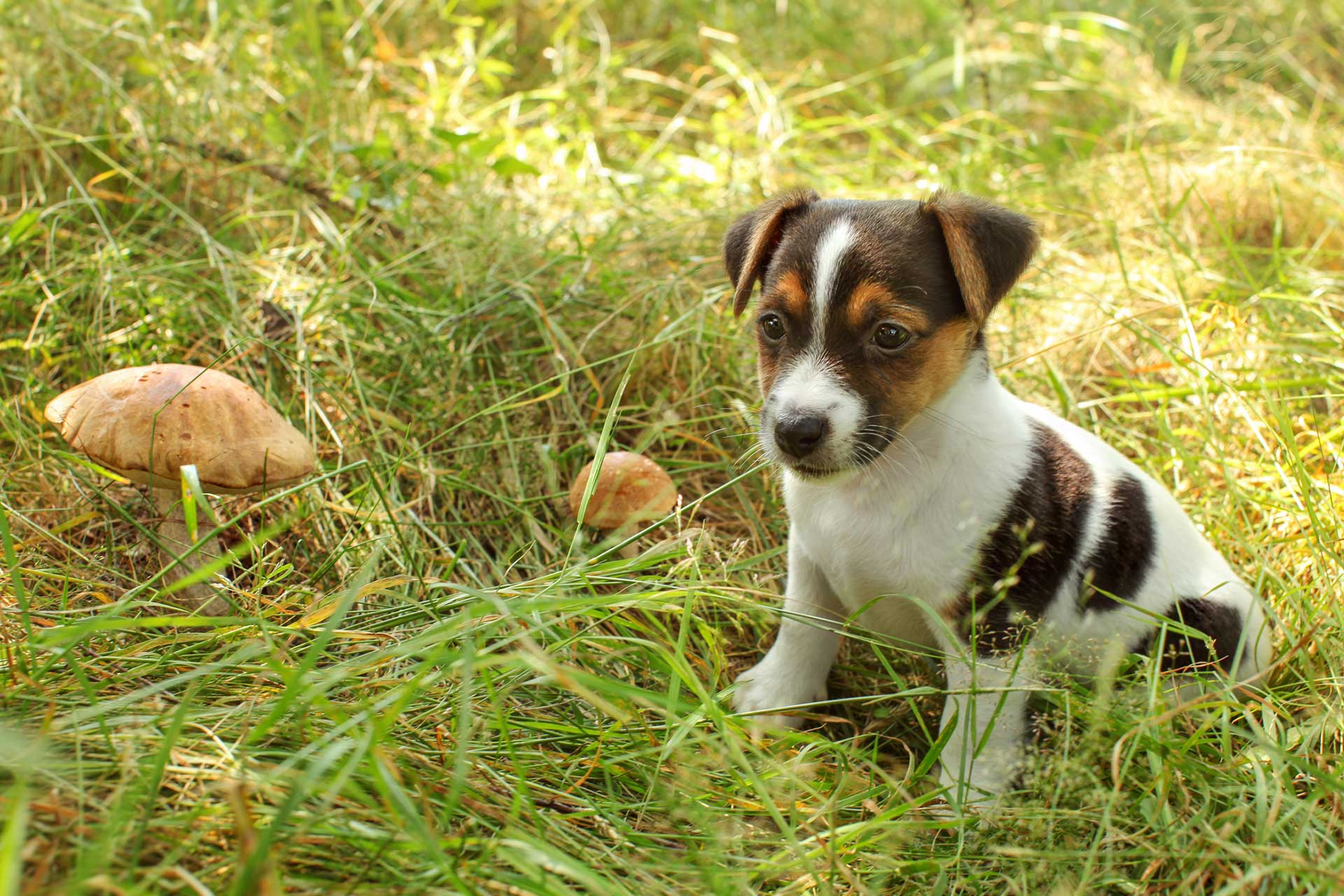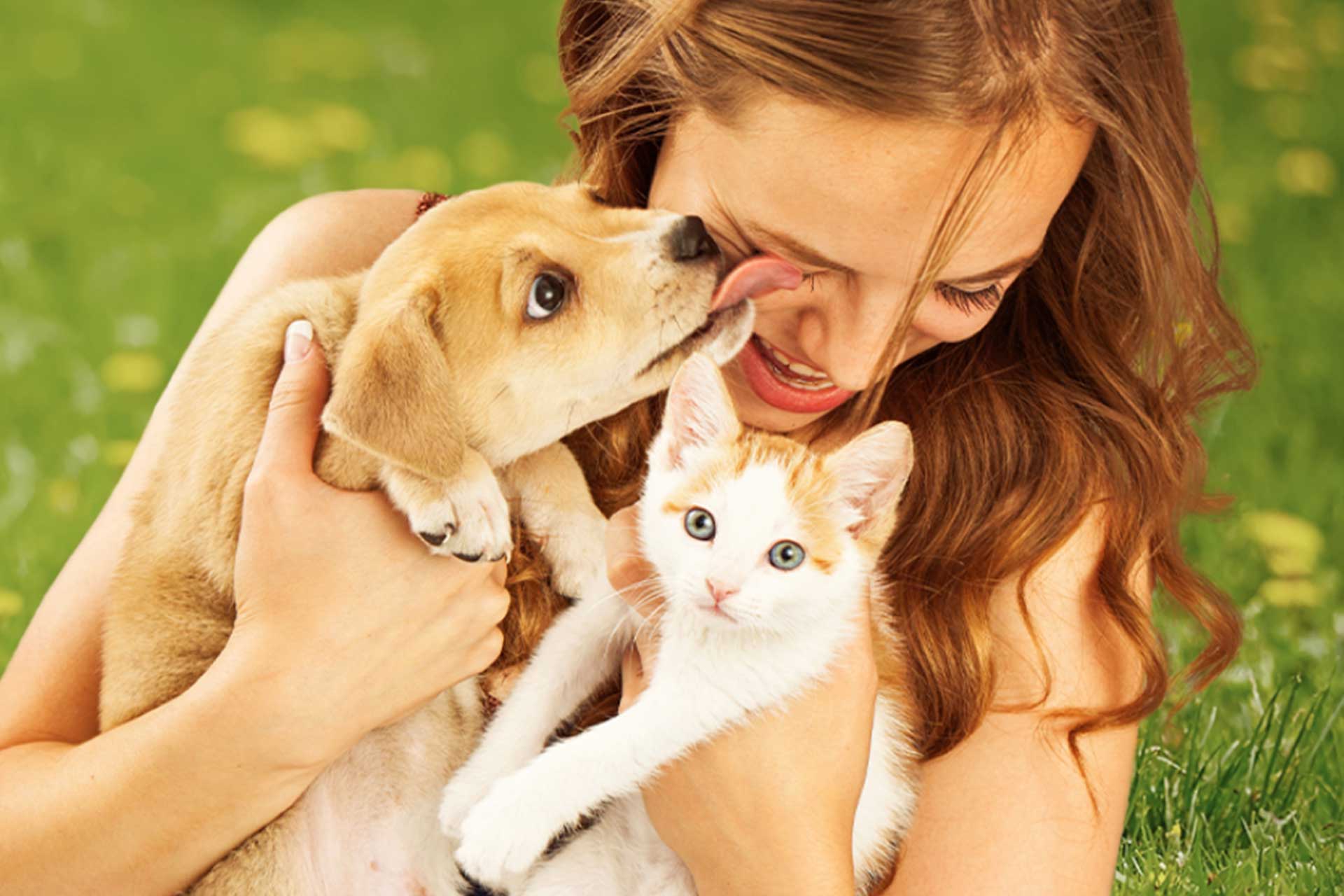First aid tips every pet owner should know
Our pets often surprise us with their curiosity and occasional unpredictability. While we all hope to avoid emergencies, being prepared with basic first aid knowledge can help save your pet’s life. Read on for essential first aid tips for common pet injuries every pet owner should know. Quick links First aid tips for: Bleeding Fractures CPR Heatstroke Poisoning Choking Bites, punctures and flight wounds Burns Seizures Eye injuries Penetrating objects Insect bites Stay calm and assess the situation In any emergency, maintaining composure is key. Approach your pet slowly and carefully, keeping in mind that they may act unpredictably when injured or scared. Ensure you manage your own safety and those around you by using appropriate restraints, like a muzzle, if needed. Evaluate the severity of the situation and determine if immediate veterinary attention is needed. Control bleeding Apply direct pressure to the wound with a clean ...
